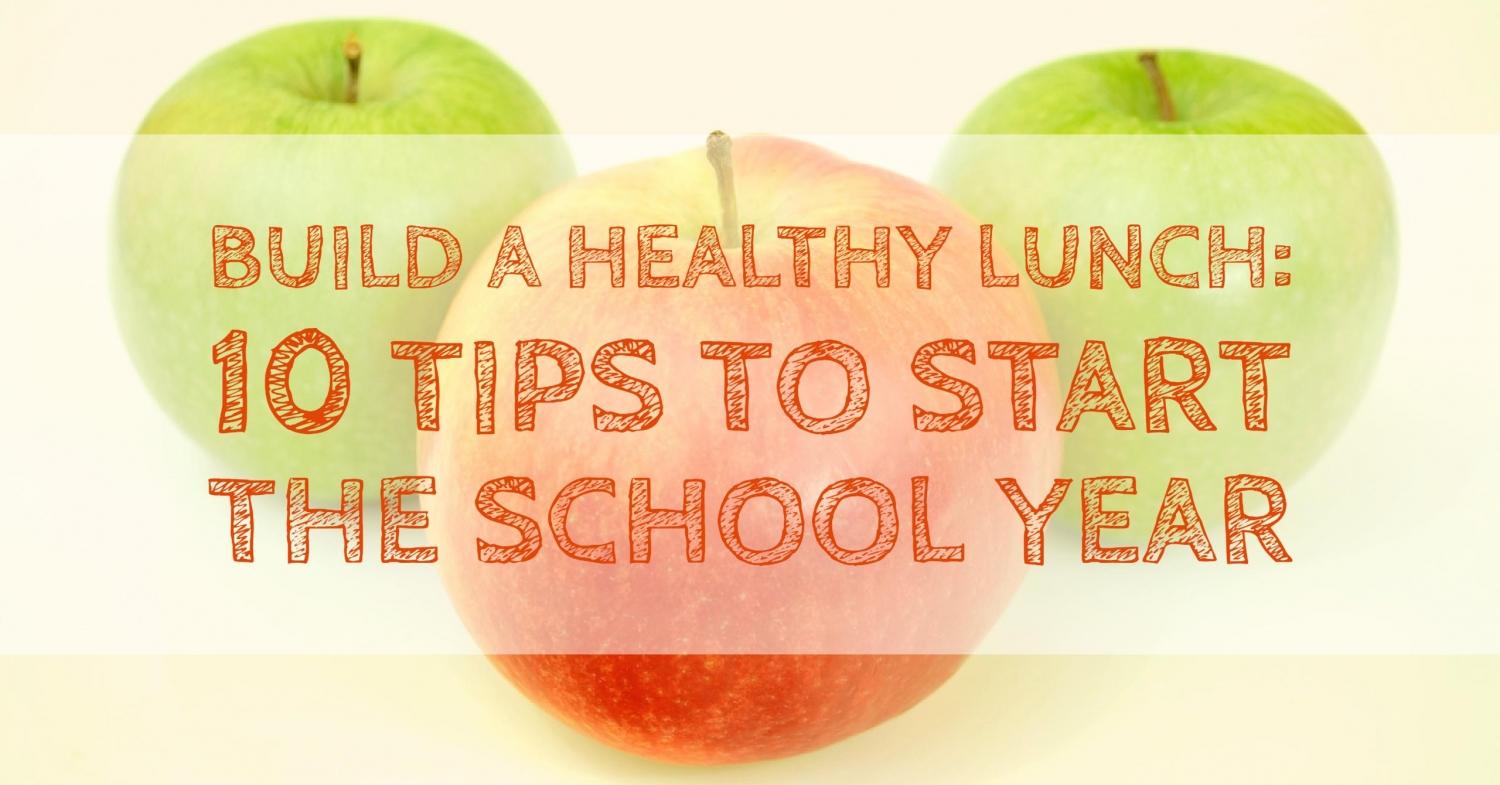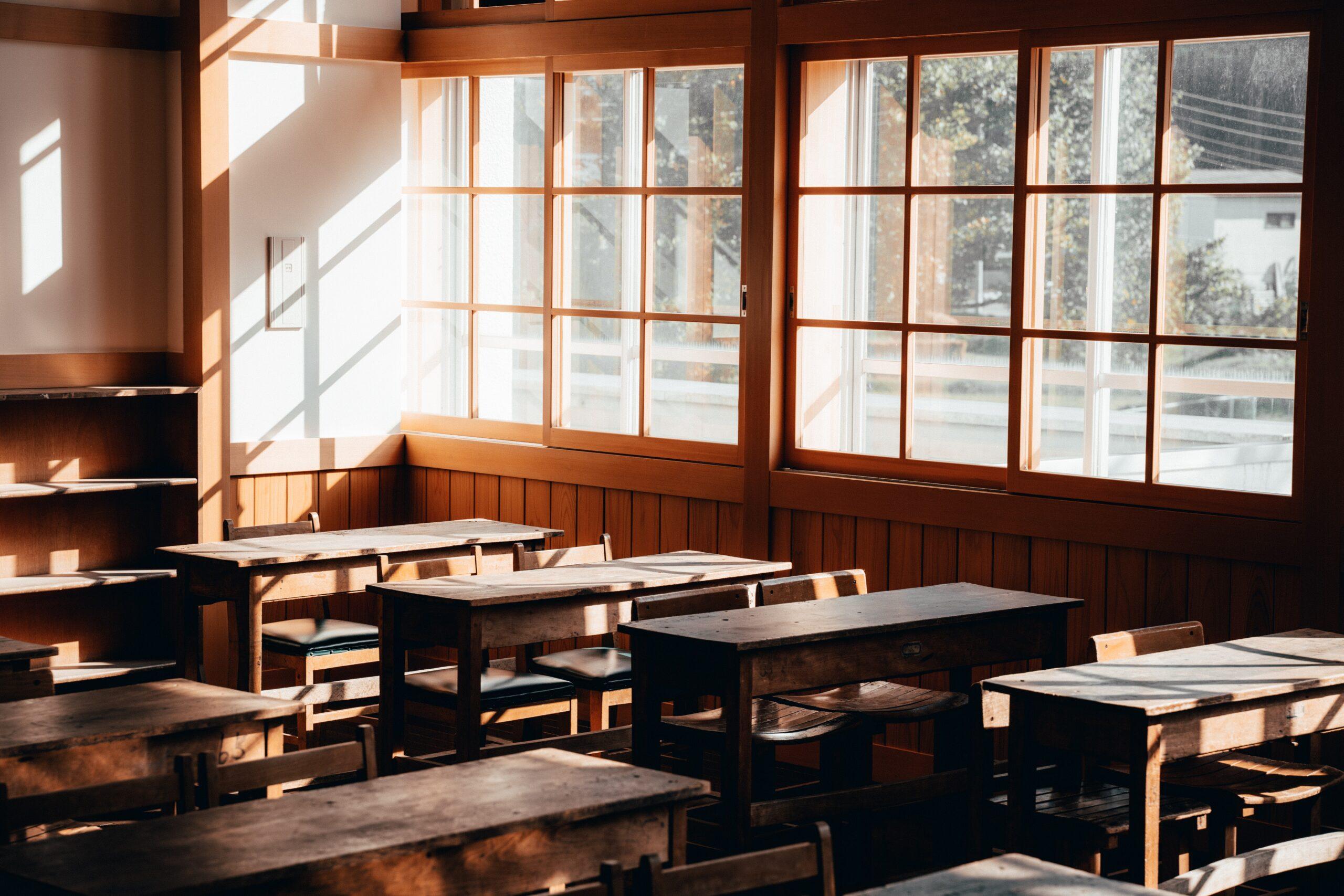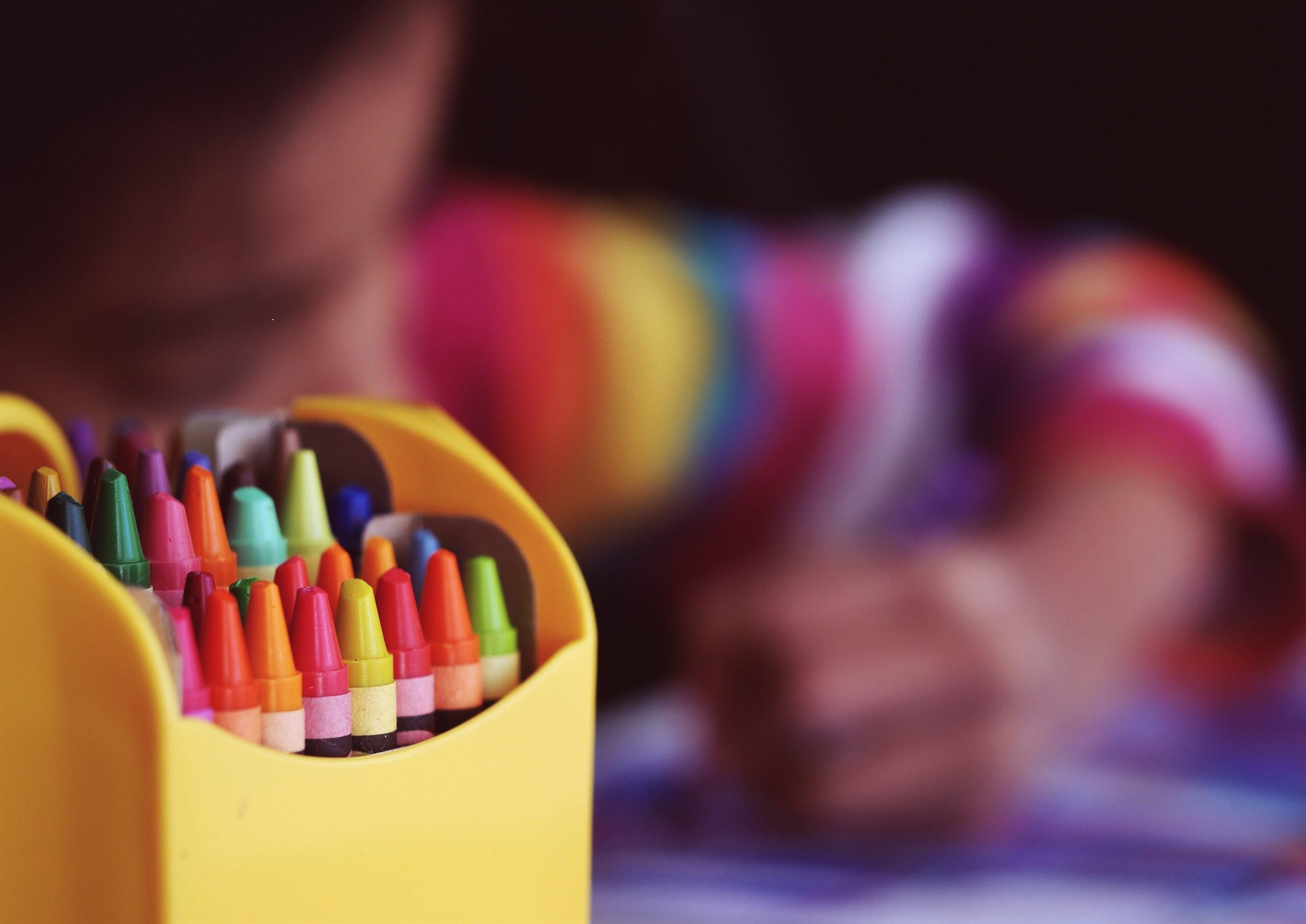There are numerous benefits of having sustainable outdoor nature classrooms in your school. Developed in response to the growing disconnect between children and nature, outdoor classrooms are designed to help fill the void by educating students using research-based principles for integrating nature into their daily lives. Not only do these classrooms connect kids with the environment, but they also offer lessons and activities that have been shown to develop creativity and problem-solving skills, stimulate cognition and understanding through the physical manipulation of objects, and improve readiness skills in numerous areas.
Playing in nature classrooms facilitates children’s hands-on learning experiences, which incorporate key disciplines while creating an inviting learning space in the natural world. Essentials for an outdoor class include a building area, natural art space, sand and water areas, music and movement space, gardening or digging locations, gross motor open areas, a spacious location for climbing and dynamic equipment, as well as messy materials and gathering areas. From circle time to science lessons, a nature classroom should at least offer all the learning opportunities of a traditional indoor classroom.
The building area in outdoor nature classrooms provides knowledge acquisition and comprehension fundamentals in numerous disciplines. In block area activities, children explore concepts of counting, size, geometry, spatial relationships and physics. This area also furthers language development as children talk to peers and adults about different concepts and problem solving. The tactile experience provided to children by working with “tree cookies,” slabs of tree trunks, offers a new perspective on the natural world and helps forge connections between natural materials and the things people build.
A music and movement arena supports a child’s natural desires to produce sounds, stomp feet and clap hands. When children are given musical instruments and a place for wandering, opportunities for locomotor movement, such as walking, jumping and running, as well as non-locomotor movement, like shaking, twisting and bending, are enhanced. Children also become aware of the space around them and how to move their bodies to climb through, over and under objects that surround them.
Messy materials and natural art areas afford additional opportunities to hone fine- and gross motor-development skills. From the gross-motor involvement of painting on a wood-and-slate easel to the fine-motor skills of carving in clay, exploring the artistic beauty of the world around us provides many avenues to expand development.
Other nature classroom areas serve additional educational purposes. Children enhance their investigation aptitude as they observe a garden grow. For children with sensory issues, or those for whom sensory stimulation promotes focus, lessons based around an outdoor sensory table filled with objects like pine cones may provide learning opportunities often ignored in a traditional classroom setting.
Today, many children have a disconnection from nature, but the natural world truly provides little ones with a sense of wonder, which is a vital motivator in early childhood education. It is important for adults to help them acquire a love and appreciation for the Earth.




